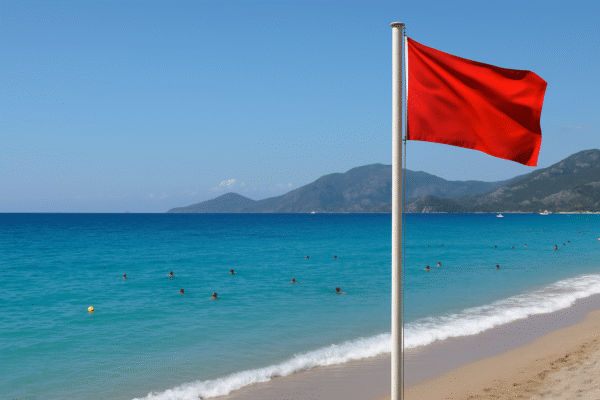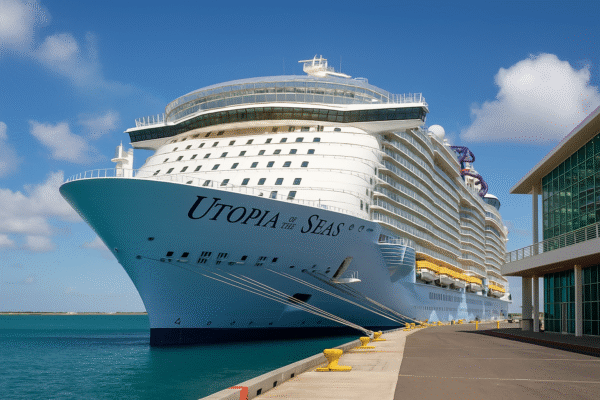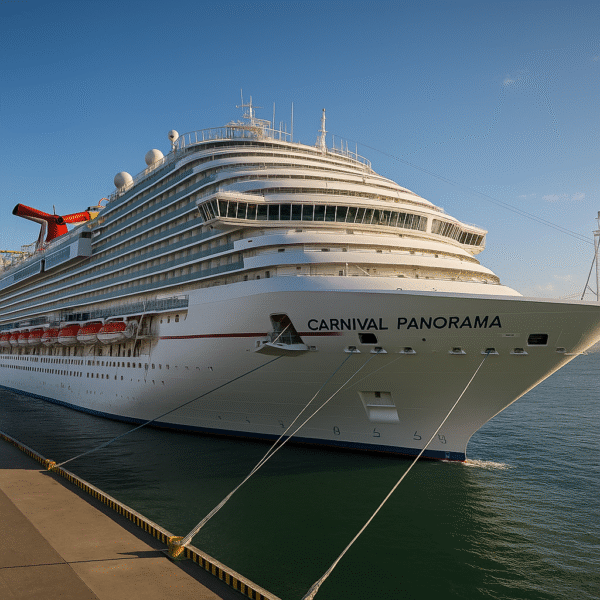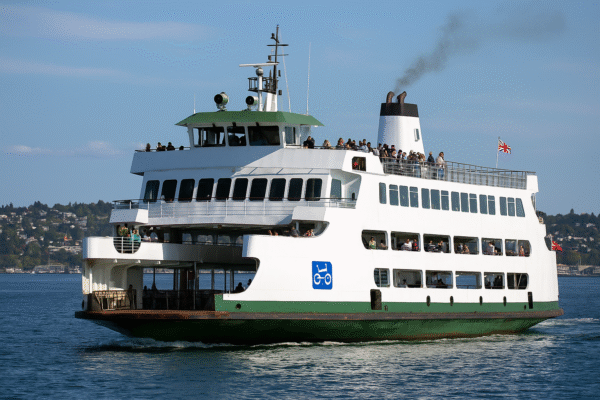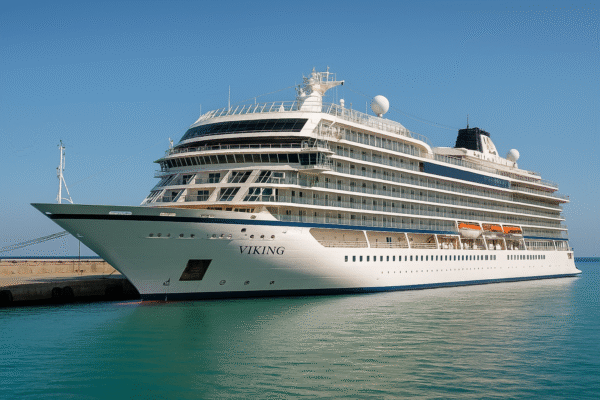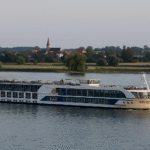The luxury travel industry is evolving — and cruise lines are leading the charge. In 2025, major cruise brands like Regent Seven Seas Cruises, Seabourn, and Crystal Cruises are redefining what it means to travel in style. The new approach? Relaxed but refined dress codes that give passengers the freedom to express personal style without losing the sophistication that luxury cruises are known for.
This shift is not just about fashion; it reflects a broader change across the tourism industry, where comfort and personalization have become central to the modern travel experience.
Younger Generations Driving the Change
Luxury cruising is no longer reserved for older, traditional travelers. Millennials and Gen Z are stepping onboard in growing numbers, bringing with them different expectations of what high-end travel should look like.
These guests prioritize comfort, authenticity, and individuality. They’re happy to indulge in fine dining and luxury excursions, but they also want to do it in versatile, stylish clothing — sometimes jeans, polished sneakers, or casual resort wear — without the weight of strict formalities.
Regent Seven Seas Cruises responded to this trend in August 2025 by officially permitting refined jeans and designer sneakers for dinner. What once required jackets, ties, or evening gowns has shifted toward a more contemporary approach that mirrors modern social and dining norms around the world.
A Broader Shift in Tourism Style
This move mirrors a wider trend sweeping through the luxury tourism sector. Upscale hotels, resorts, and fine-dining restaurants have been gradually embracing smart casual attire for years. Travelers now favor comfort combined with elegance, even in traditionally formal settings.
For cruise lines, this shift is especially significant. Guests often spend weeks onboard, traveling through destinations that range from tropical beaches to historic cities. Allowing flexible, stylish dress codes helps passengers feel at ease while enjoying every aspect of the journey — from poolside cocktails to black-tie dinners that now carry a softer tone.
Balancing Comfort and Class
Industry experts emphasize that the key to this shift is flexibility, not a loss of sophistication. While formal nights still exist on many ships, guests have more freedom to mix and match their style. A passenger can enjoy a sunset dinner in tailored slacks and a linen shirt or a chic summer dress, without feeling out of place next to someone in a tuxedo or evening gown.
This balance between luxury and ease is redefining what travelers expect from premium cruises. Guests no longer want to pack heavy garment bags filled with suits and gowns. Instead, they seek clothing options that transition seamlessly from day excursions to elegant dinners.
Industry Voices on the Transition
Cruise executives have been quick to point out that these changes are not accidental but data-driven decisions informed by guest preferences.
Wes D’Silva, Chief Commercial Officer for Regent Seven Seas Cruises, has noted that comfort and versatility are priorities for modern travelers. Guests want to enjoy luxury without the rigid boundaries that once defined it.
Similarly, Carlos Edery, CEO of Luxury Cruise Connections, believes this approach reflects a deeper understanding of the guest experience. By softening dress codes without eliminating them, cruise lines are able to attract younger travelers while still catering to guests who prefer a more traditional sense of elegance.
A New Standard Across Luxury Travel
The dress code evolution is now shaping the future of luxury travel. Cruise lines are finding that personalization and adaptability are key to staying competitive in an increasingly diverse market.
Some lines, like Silversea Cruises, still maintain formal dress expectations after 6 p.m., offering structured elegance for those who enjoy a more classic cruise experience. However, even these brands are exploring ways to make formal nights feel more inclusive and less rigid, giving guests the option to express their individuality without breaking the ship’s refined atmosphere.
Travel Light, Travel Smart
Guests are also celebrating the practical benefits of these changes. Packing for a luxury cruise no longer requires bringing separate wardrobes for day and evening activities. Versatile, stylish outfits that can be dressed up or down are now the norm, making travel easier and lighter without compromising on elegance.
This practical shift also appeals to travelers embarking on multi-destination itineraries, where diverse climates and activities demand flexibility in wardrobe choices.
Looking Ahead: Style Meets Personalization
As cruise lines adapt to these new expectations, the future of luxury cruising looks set to balance comfort, personal style, and exclusivity. The industry is leaning toward a guest experience where luxury is defined by personalization — exceptional service, curated itineraries, and world-class amenities — rather than strict wardrobe rules.
By aligning with global trends in travel and hospitality, luxury cruise lines are setting a new standard for modern elegance, where the emphasis is on how the experience feels rather than how it looks.
A Shift That’s Here to Stay
For the travel and tourism industry, these changes signify a permanent cultural shift. As younger generations gain purchasing power and seek high-end travel experiences, luxury brands are realizing that flexibility and authenticity are just as important as five-star dining or exclusive excursions.
By embracing relaxed yet refined dress codes, cruise lines are not only keeping pace with the evolving preferences of modern travelers but also paving the way for the future of luxury tourism — one where comfort and sophistication coexist seamlessly.
For more travel news like this, keep reading Global Travel Wire



